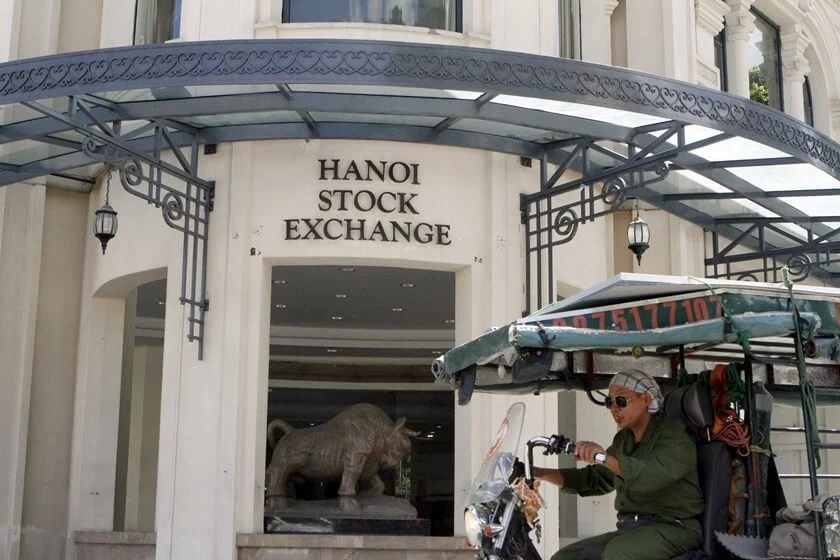Vietnam brokerage IPO deepens equity market liquidity
VPB on HOSE and ^VNINDEX gain institutional depth as VPBank Securities raises ~$480m; watch subscription mix, free-float turnover, and margin leverage to judge post-listing liquidity and pricing power.

Vietnam’s capital markets took a step forward with VPBank Securities’ roughly $480 million initial public offering, the largest Vietnam IPO of 2025. The offer of 375 million shares, a 25% stake at 33,900 dong per share, amplifies the brokerage’s capital base for margin lending, derivatives, and corporate finance, while testing institutional demand under evolving market microstructure. At 12.7 trillion dong, the deal’s scale equates to about 0.3% of Ho Chi Minh bourse free float, enough to influence December liquidity patterns and benchmark tracking.
Mechanically, the proceeds expand balance-sheet capacity at a time when domestic retail turnover has normalized below the 2021 frenzy but remains meaningfully higher than the pre-pandemic average. Stronger equity capitalization lowers funding costs for margin books and enables risk-weighted asset growth in derivatives clearing, compressing spreads and improving client acquisition economics. For the parent bank, HOSE:VPB, monetizing a brokerage stake recycles capital without diluting core banking metrics, potentially supporting credit growth ahead of 2026 Basel implementation milestones.
The macro signal is about institutional depth. Vietnam’s GDP growth remains in the 5.5–6.5% band with export manufacturing re-acceleration and FDI in electronics and garments stabilizing. Capital-market development is a policy priority as authorities pursue an eventual market-status upgrade. A successful large-cap listing in the brokerage space helps diversify sector representation and deepen the supply of marginable, index-eligible paper, improving the investability of ^VNINDEX for global allocators. If bookbuilding quality is high, secondary performance can catalyze follow-ons from other financials and consumer names.
Market reaction should be measured but positive. The offer size is large relative to average daily trading value, so near-term index technicals matter. A tight discount to comps will test appetite, but the cyclical setup is favorable if rates drift lower across Asia and domestic inflation remains contained. Downside risks include weak after-market liquidity, a rotation away from brokers toward exporters if the dong strengthens, and regulatory tightening on margin lending if leverage indicators rise too quickly.
Investors should monitor four markers over the next two quarters. First, subscription mix across institutional and retail tranches to gauge depth. Second, post-listing turnover and free-float velocity as a proxy for liquidity health. Third, VPB’s capital ratios and lending growth to assess capital recycling efficacy. Fourth, margin debt as a share of free float, which should remain below historical stress thresholds. If ^VNINDEX breadth improves and funding costs ease, the listing can be a catalyst for a more balanced, institutionally anchored market in 2026.





